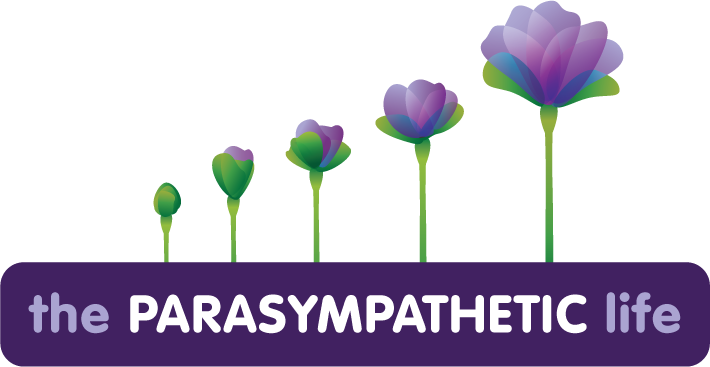Why I No Longer Offer CranioSacral Therapy
So many people still ask me for Manual Therapy or CranioSacral Therapy (CST) sessions that I want to offer this response. I wouldn’t give up 25 years of experience and continuous honing of skills as a practitioner of CST and associated modalities, or the reputation I had created unless I had something that I believed was better. After a whiplash/concussion injury at the end of 2018 left me debilitated, one would have thought that the Nervous System work of CST would have been exactly what would help me heal. How wrong I was. In fact, I believe that all the time I spent studying and receiving this modality created so much fluidity, sensitivity and slack in my system, I was left vulnerable to injury. When CST, which I had so much faith in as a system of healing and wellbeing, failed to help me move past this incident, I turned to other modalities. As with CST, these other methods only offered temporary relief. I was completely confused how I, a Somatic Movement Therapist, Somatic Experiencing/trauma healing practitioner, longtime student and practitioner of Visceral Manipulation, Neural Manipulation, Continuum, yoga and meditation could still be stuck in a stress response despite my best efforts using all my skills while receiving consistent bodywork from many highly skilled practitioners.
Many of our Somatics practices may not be inducing a Parasympathetic state in our Nervous Systems. I know that sounds hard to believe. Why is it that I am only now, after stopping the CST and other modalities and incorporating Fajardo Method of Holistic Biomechanics™ finally having an experience of the “Rest, Digest and Repair” that comes with the switch into Parasympathetic? I am not saying these modalities don’t have benefits or a place in wellness, but that maybe the Somatic ideals we have when using these tools may not always be promoting an optimally functioning system. Most bodywork is promoting release of tissues, a change in the amount and type of sensation, and the idea that we need to process our emotions and experiences. I question whether these practices are creating more efficiency in how we move, healthier physiology, emotional balance or adaptability. Rather than seeing people cultivating greater resilience to stress in their bodyminds, I see the opposite—increased sensitivity and more reliance on outside supports in order to feel well.
If I continue to mobilize your restricted tissues, move your fluids, and calm your Nervous System for you, you become less capable of doing those things for yourself over time. Even though the softening of tense tissues and the analgesic neurochemicals our session induces feel good in the moment, those qualities don’t necessarily equal Parasympathetic, and are similar to what can occur in the passive stage of the stress response called, Conservation of Energy. When we become slack in our tissues, more expanded in our perception of our physical body, and slowed down metabolically, we need to seek more and more interventions and hacks for our physiology to perform routine functions because we have become hypometabolic. In our bodywork practices, we often dissociate from the very information we need for our unconscious brain to place us in Parasympathetic: the location of our structure. We focus on what body part is uncomfortable, how that part feels, why it feels that way and for how long it has felt that way, but rarely do we stop orienting around the sensations and history of the body part and identify where it is in relationship to our structure and the environment. When we become so fluid that the boundaries of our body dissolve into expansiveness, our nervous system has no clue where we are and if there is a threat present. Therefore, the nervous system errs on the side of caution and triggers the stress response. All those stress hormones that reduce pain and make the tissue loose may be relieving in the short term, but may not help us in the long run.
The Fajardo Method of Holistic Biomechanics™ is what ultimately helped me move past the injury and gave me a simple tool I could use myself to finally come out of late stage Fight or Flight and be predominantly Parasympathetic. Since 25 years of CST, meditation, yoga, and other modalities didn’t translate into practical results, I am happy to offer something that I believe does. Understand that I am not saying other techniques are bad or unnecessary. In FMHB™, your unconscious brain is choosing the structural position of every body part and the activity level of every body system based on your current environment. Only your nervous system can do this for you, which I find preferable to following our Somatic ideals and directing how the fluids, or breath or anything else in the body should function or be positioned. Contact me here if you want to learn more and explore The Parasympathetic Life!

